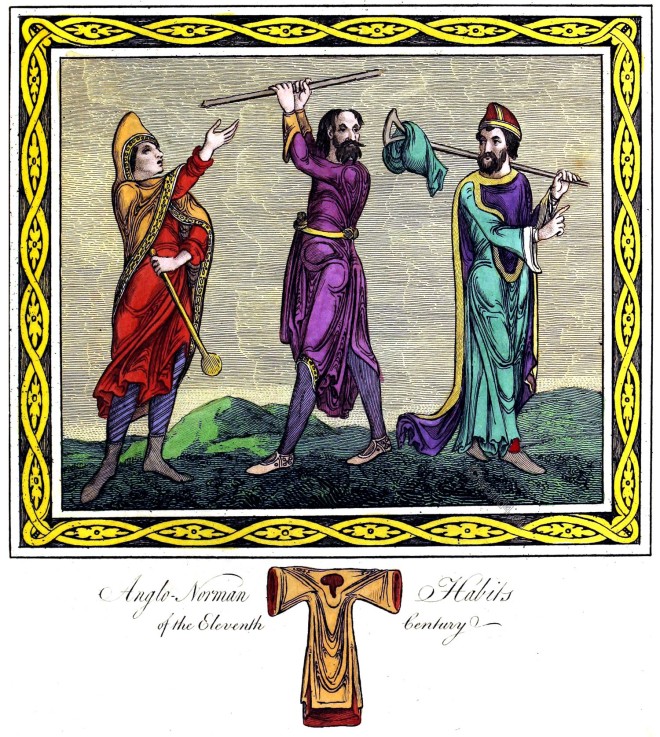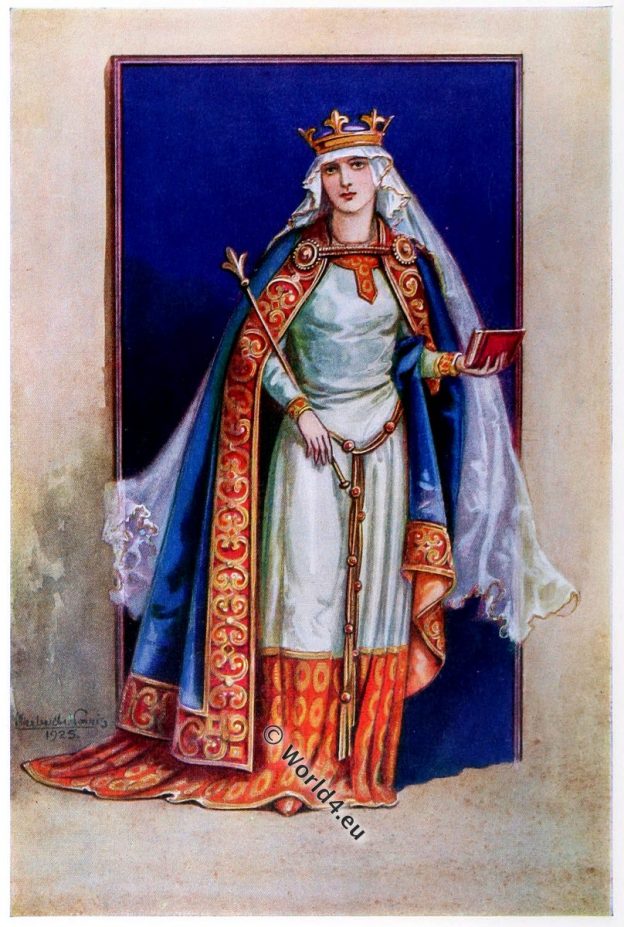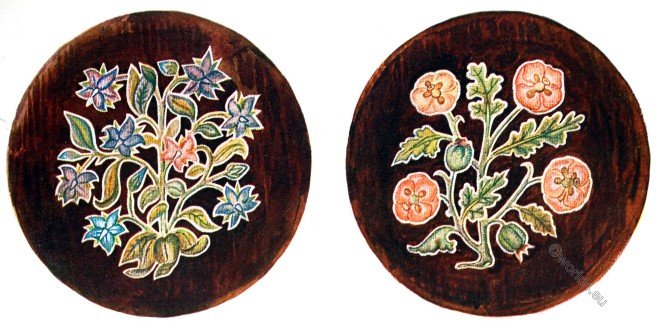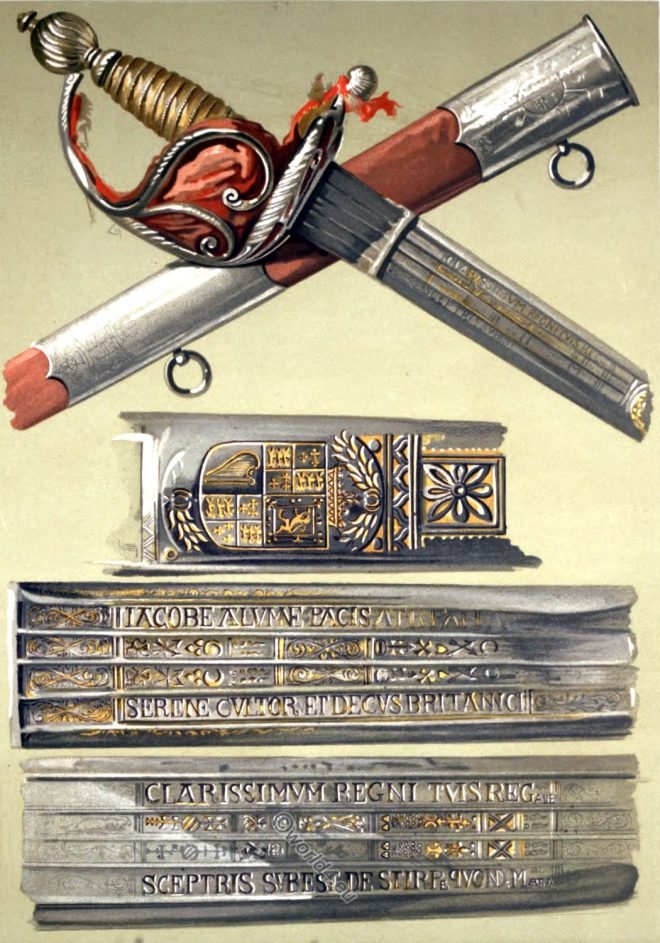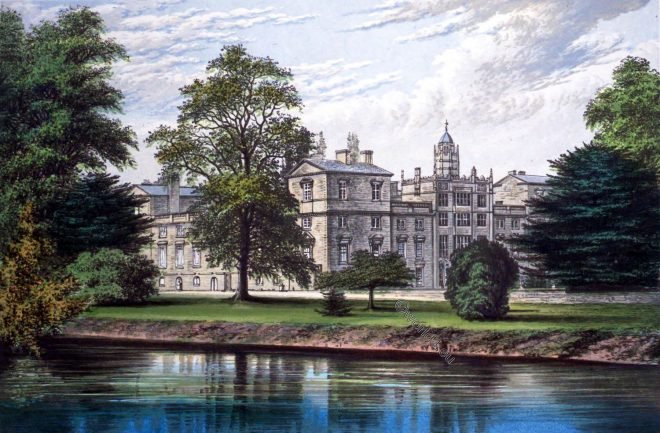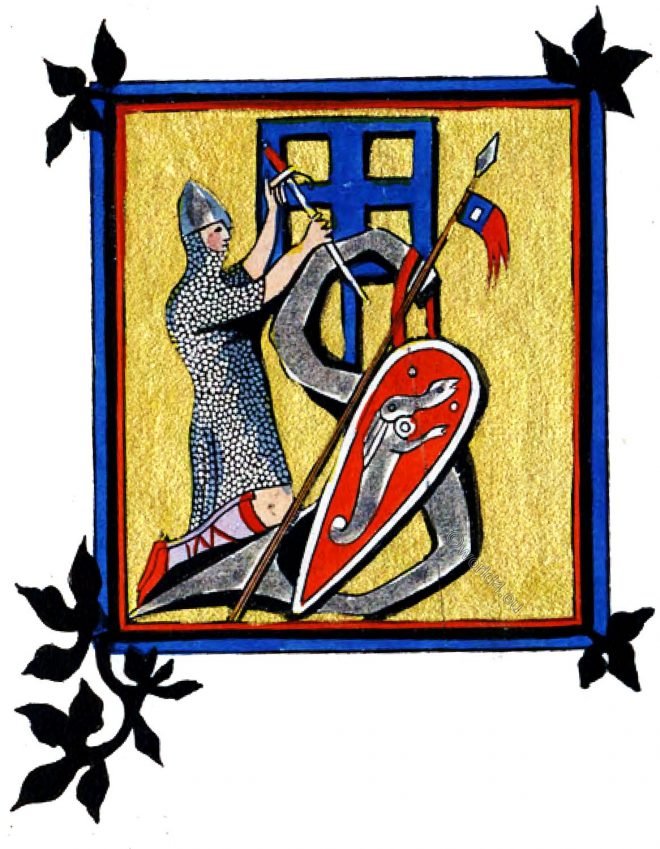The dress of the Anglo-Saxons. 8th to 11th century
Category: Fashion History
The Art of cutting in England. The Norman Period.
The conquest of England by the Normans, under the command of William the Conqueror, effected a most important change in the laws, manners, customs, and costume of the inhabitants.
Norman Fashion Era. England Middle Ages 11th c.
Norman fashion era in England 1066-1087 according to historical sources.
Reign of William I. (The Conquerer) and Matilda of Flanders.
Textiles and Embroidery during the Tudor and Stuart Periods.
Art in England during the Elizabethan and Stuart Periods. Textiles and Embroidery by Aymer Vallance.
German court costumes with bells. First half of the 15th century.
German court costumes c. 1430. Fashion of wearing bells in this manner originated in Germany, and was one of the many fanciful details introduced at the time of Anne of Bohemia’s marriage in 1383.
The sword of James Graham, 1. Marquess of Montrose.
The sword of James Graham given by Charles I.
Wilton House. The manor house is home to the Earls of Pembroke.
Wilton House is a manor house, famous for its landscaped park and magnificent interiors.
The Norman conquest. A critical inquiry into ancient armour.
The Norman conquest. William the Conqueror. 1066. The state of Armour in Britain when William led his army of Normans.
William Herbert, 1st Earl of Pembroke. Nobleman of the Tudor era.
The early history of the Herbert family. William Herbert, 1st Earl of Pembroke. Full length, standing, in black-slashed doublet and trunk hose, with short cloak. Tudor era. Wilton House Pictures.
Old Age and Poverty from famous The Romance of the Rose.
Dresses and Decorations of the Middle Ages by Henry Shaw


